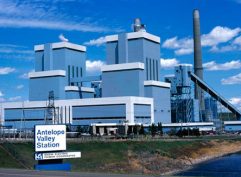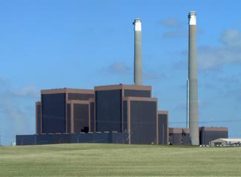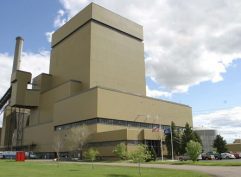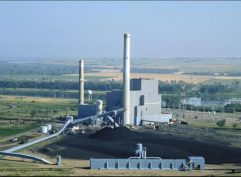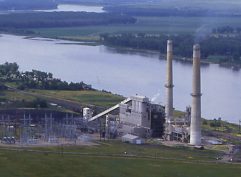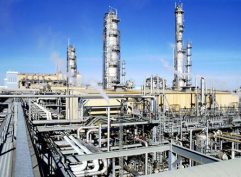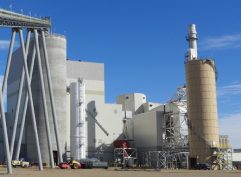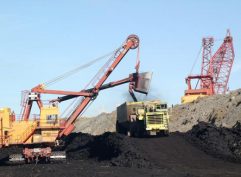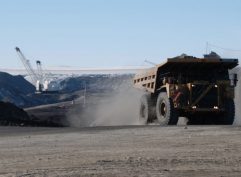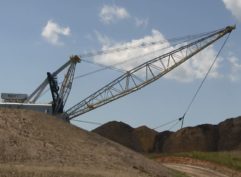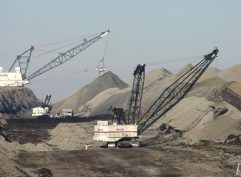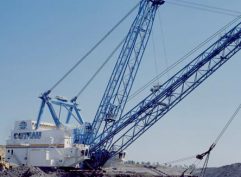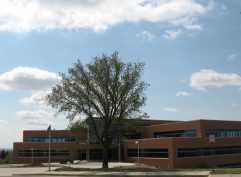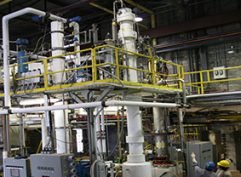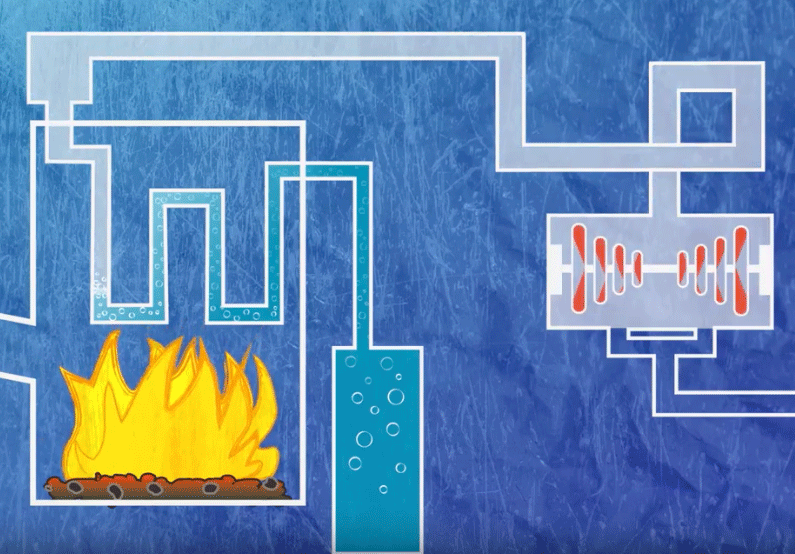Baseload generation provides grid reliability and resilience
By John Weeda,
Director, North Dakota Transmission Authority
Americans have come to expect world class reliability from their electric supplier. An amazing array of increasingly complex technology keeps the electric grid operating at that near perfect level that the customer demands.
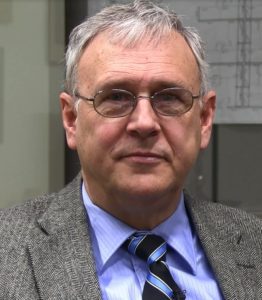 Underlying the grid are the resources that generate the electrons that flow thru the grid to provide the power for the lights, motors and electronics that result in a satisfied customer. The generation resources are categorized into baseload, intermediate, peaking, intermittent and distributed.
Underlying the grid are the resources that generate the electrons that flow thru the grid to provide the power for the lights, motors and electronics that result in a satisfied customer. The generation resources are categorized into baseload, intermediate, peaking, intermittent and distributed.
Baseload resources are generally coal-fired power plants, nuclear power plants and some plants that are fired by natural gas or other alternate fuels. Baseload plants are characterized as such for their ability to operate with high availability, relatively low energy cost and ability to dispatch to meet demand on any day. Most baseload plants also feature a stockpile of fuel on site so disruption of the supply does not have near-term impact on the ability of the plant to meet demand. Even though the initial capital cost of these plant is higher than most alternatives, the value they bring from annual availability in the 90 percent range has made them a good value for the utility customer.
Intermediate resources are plants that generally have a higher energy cost and are expected to operate less of the time. In most cases planning for plants of this nature project operation between 30 and 50 percent of the time. The capital cost of constructing a plant like this is much lower than a base-load plant. So, even though the energy cost from these plant is higher, when the cost is blended together with lower cost power, it is a good choice for the limited number of hours the electricity is needed. Plants like this are most practical where natural gas is readily available, transmission lines are near and other fuel is expensive.
Peaking generation is usually simple cycle gas turbines using natural gas. They are low cost to build, but are less efficient and costlier than most other generation. But, since peaking plants are expected to run only 5 to 10 percent of the time the higher cost can be blended into the overall cost for a good combination.
Intermittent generation is generation that is available only at certain times. The two most common are wind generation and solar generation. In both cases, the fuel is free and the incentives that are in place to encourage development of renewable generation make both very attractive in certain areas. As a result, when these installations are running, they are in the market because of the attractive pricing. As one would expect, though, the wind generation is limited to when the wind is blowing and the solar generation to when the sun is shining. That is why they are classified as intermittent.
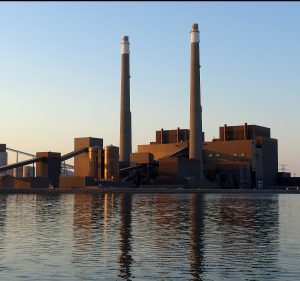 North Dakota has a long history of being primarily a provider of base-load energy. The coal-fired plants in North Dakota have long been among the most competitive generation in the industry. This history of these plants is that they run rain or shine, blizzard or no blizzard and rarely are not there when the grid needs them the most. The North Dakota plants have been well maintained and can continue to provide this base-load energy for decades into the future.
North Dakota has a long history of being primarily a provider of base-load energy. The coal-fired plants in North Dakota have long been among the most competitive generation in the industry. This history of these plants is that they run rain or shine, blizzard or no blizzard and rarely are not there when the grid needs them the most. The North Dakota plants have been well maintained and can continue to provide this base-load energy for decades into the future.
North Dakota has also become known for wind energy. The wind resource in North Dakota is abundant, just like coal and oil. Capacity in wind generation has been growing rapidly and is surpassing the capacity of baseload coal plants. Developers are lined up in the Midwest Independent System Operator que to install many more megawatts. Since the demand has not grown in the area much except for the Bakken, there is an abundance of wind-generated electrons in the MISO market when the wind is blowing.
So what is the future for generating resources, the markets and transmission? It is hard to visualize a reliable electric grid that does not include baseload units, so they should have a solid foundation. That being said, the grid is in a time of huge change. Renewable energy that is abundant in North Dakota is difficult to non-existent in volume in some areas of the country. How do we respond to that reality?
Do we envision a transmission grid that is able to move the renewable energy longer distances to areas that are deficient? Do we hope that storage technologies become practical and affordable soon so that can become the catalyst for storing renewable energy for times when it is needed? It is going to take a lot of hard work and innovative ideas to get outside of our current thought process and to a plan that will sustain the grid reliability and incorporate all the technology changes coming.


